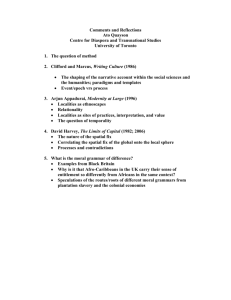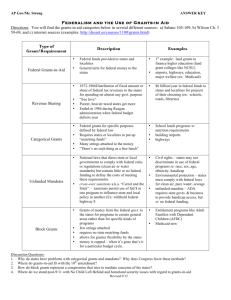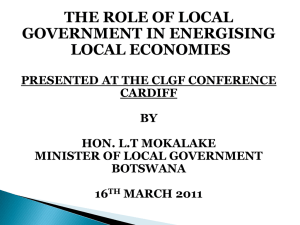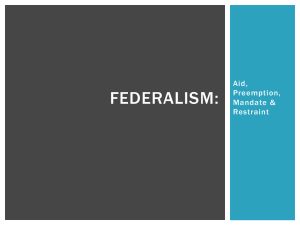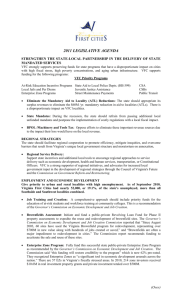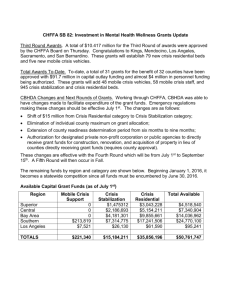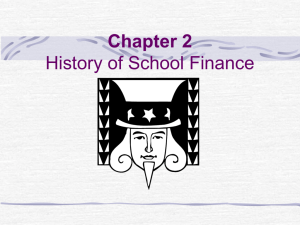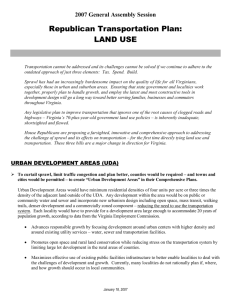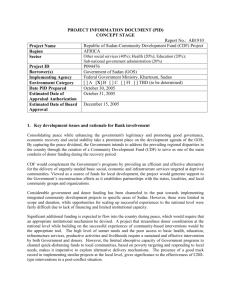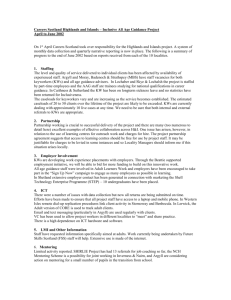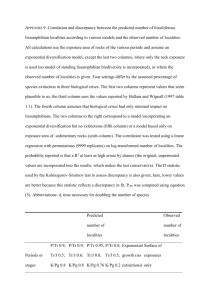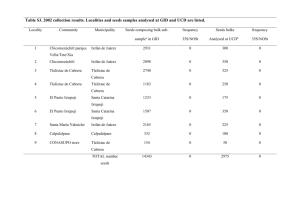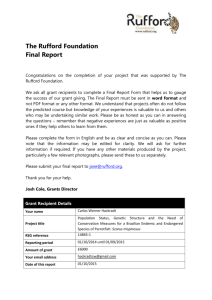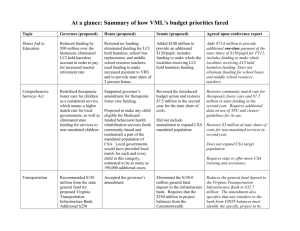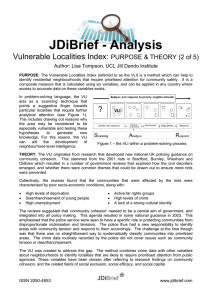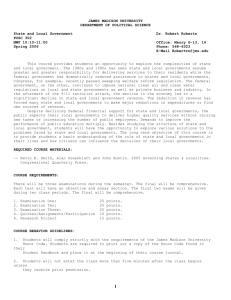Read more... - Green Infrastructure Center
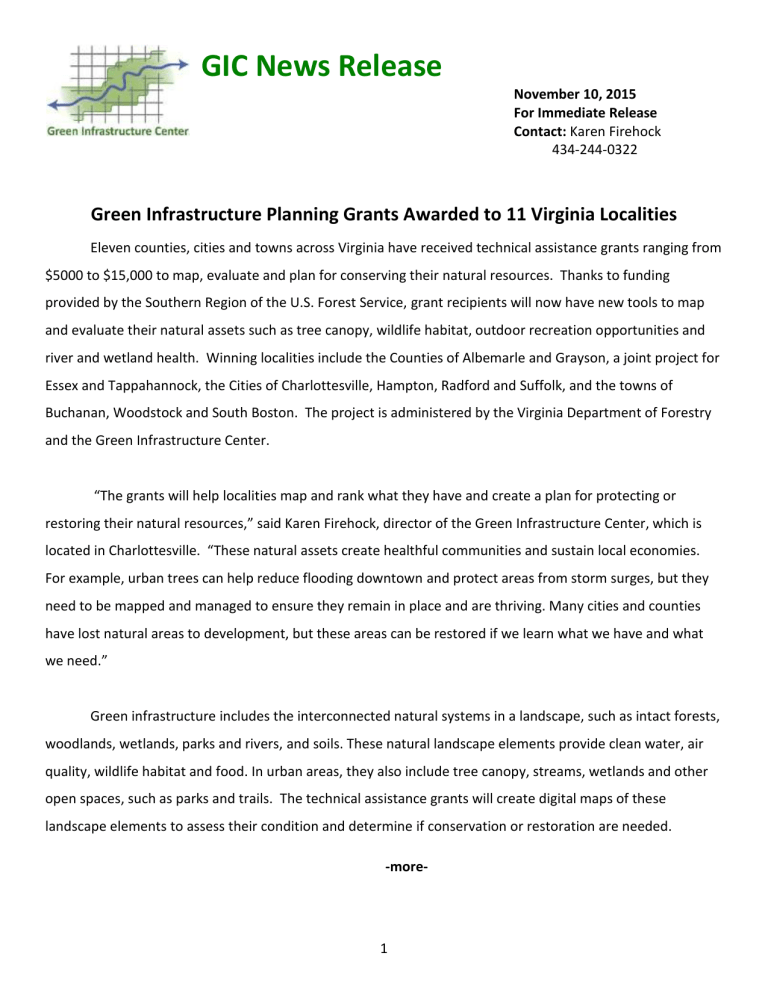
GIC News Release
November 10, 2015
For Immediate Release
Contact: Karen Firehock
434-244-0322
Green Infrastructure Planning Grants Awarded to 11 Virginia Localities
Eleven counties, cities and towns across Virginia have received technical assistance grants ranging from
$5000 to $15,000 to map, evaluate and plan for conserving their natural resources. Thanks to funding provided by the Southern Region of the U.S. Forest Service, grant recipients will now have new tools to map and evaluate their natural assets such as tree canopy, wildlife habitat, outdoor recreation opportunities and river and wetland health. Winning localities include the Counties of Albemarle and Grayson, a joint project for
Essex and Tappahannock, the Cities of Charlottesville, Hampton, Radford and Suffolk, and the towns of
Buchanan, Woodstock and South Boston. The project is administered by the Virginia Department of Forestry and the Green Infrastructure Center.
“The grants will help localities map and rank what they have and create a plan for protecting or restoring their natural resources,” said Karen Firehock, director of the Green Infrastructure Center, which is located in Charlottesville. “These natural assets create healthful communities and sustain local economies.
For example, urban trees can help reduce flooding downtown and protect areas from storm surges, but they need to be mapped and managed to ensure they remain in place and are thriving. Many cities and counties have lost natural areas to development, but these areas can be restored if we learn what we have and what we need.”
Green infrastructure includes the interconnected natural systems in a landscape, such as intact forests, woodlands, wetlands, parks and rivers, and soils. These natural landscape elements provide clean water, air quality, wildlife habitat and food. In urban areas, they also include tree canopy, streams, wetlands and other open spaces, such as parks and trails. The technical assistance grants will create digital maps of these landscape elements to assess their condition and determine if conservation or restoration are needed.
-more-
1
Community Grants
Page 2
Firehock said, “These localities can reap many benefits from their new maps and strategies, such as revitalizing a downtown business district, protecting water supplies, identifying new recreational opportunities or informing zoning decisions and comprehensive and strategic plans.”
Each community will have a public engagement component and a group who will review the work and determine how to use their data. Firehock said, “People who are concerned about the economy and jobs should be paying attention to green infrastructure. Large natural areas do more to contribute to property values and real estate revenues than do developed parks, such as golf courses. Natural areas also cost less to maintain and provide other benefits such as protecting water quality”.
There are also health benefits to this work as well. Firehock explained that “Research shows that the greener your community the more likely you are to take a walk for fitness. And just 20 minutes of exercise per day can result in dramatic improvements in heart health and cognitive function. Neighborhoods with more trees also have lower rates of asthma and crime. Green infrastructure maps and plans can help localities create better futures by creating a healthier environment that fosters a strong economy.”
To learn more, contact the Green Infrastructure Center at www.gicinc.org.
-end-
Founded in 2006, the Green Infrastructure Center is a nonprofit organization that assists communities in developing strategies for protecting and conserving their ecological and cultural assets. The GIC conducts research, land-use planning and land assessment and mapping to provide the suite of tools needed by
communities to protect and restore green assets.
2

